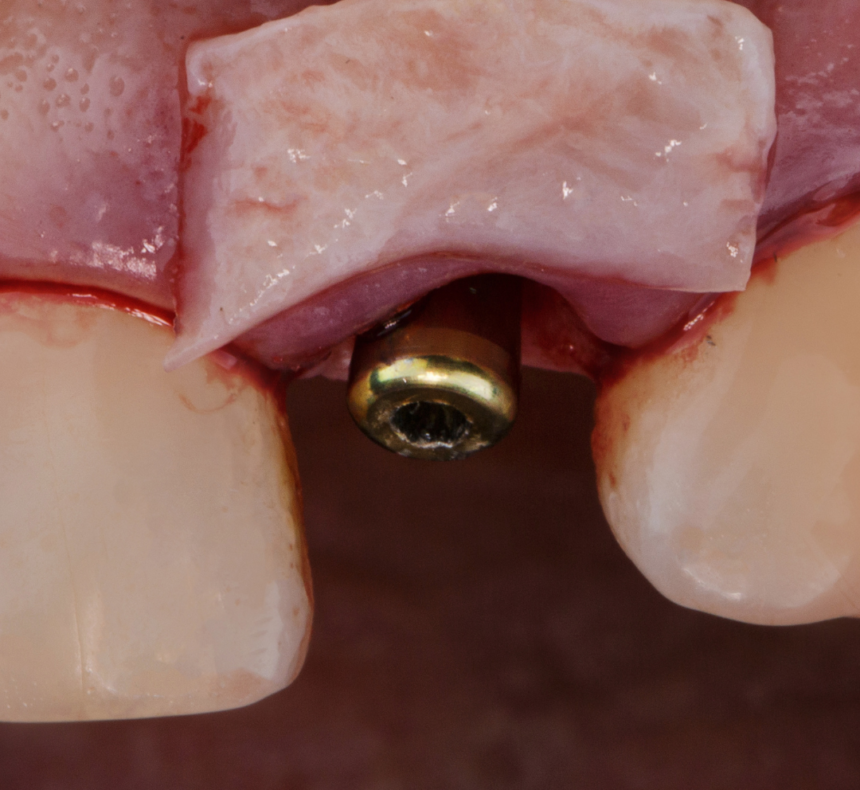Soft and hard tissue grafting procedures are essential in modern dentistry, playing a crucial role in restoring oral function, enhancing aesthetics, and preparing for dental implants. Whether due to gum recession, bone loss, or trauma, these grafting techniques help rebuild the necessary foundation for a healthy, long-lasting smile.
What Is Soft and Hard Tissue Grafting? Tissue grafting involves the transplantation of soft or hard tissue to areas of the mouth that have experienced deterioration. These procedures are commonly performed to correct gum recession, strengthen bone structure, and improve the success rate of dental implants.
Soft Tissue Grafting
Soft tissue grafting primarily addresses gum recession and enhances the aesthetic appeal of the smile. The procedure involves taking gum tissue from another area of the mouth (usually the palate) and transplanting it to the affected site. This helps:
- Cover exposed tooth roots
- Prevent further gum recession
- Reduce tooth sensitivity
- Improve overall gum health
Types of Soft Tissue Grafts
- Connective Tissue Graft – The most common method, where tissue is taken from under the palatal surface and placed over the exposed root.
- Free Gingival Graft – Tissue is taken directly from the palate and placed in the recipient site, often used for patients with thin gums.
- Pedicle Graft – The tissue is repositioned from an adjacent site rather than being taken from another part of the mouth.
Hard Tissue Grafting
Hard tissue grafting, also known as bone grafting, is performed to regenerate bone loss caused by periodontal disease, trauma, or tooth loss. This procedure is essential for:
- Supporting dental implants
- Restoring jawbone density
- Preventing facial collapse due to bone loss
Types of Hard Tissue Grafts
- Autografts – Bone is harvested from the patient’s own body (usually the jaw or hip) and transplanted to the affected area.
- Allografts – Donor bone material from a tissue bank is used to regenerate lost bone.
- Xenografts – Bone from an animal source, typically bovine, is used to support bone regrowth.
- Alloplastic Grafts – Synthetic materials designed to mimic natural bone are used for bone regeneration.
Who Needs Soft and Hard Tissue Grafting? These grafting procedures are recommended for patients experiencing:
- Severe gum recession
- Bone loss due to missing teeth or periodontal disease
- Difficulty in getting dental implants due to inadequate bone structure
- Gum thinning or aesthetic concerns
Benefits of Tissue Grafting
- Improved Aesthetics: Enhances the appearance of gums and teeth alignment.
- Better Oral Function: Restores strength and stability to the jawbone and gums.
- Increased Implant Success: Creates a stable foundation for dental implants.
- Reduced Sensitivity: Protects tooth roots and reduces discomfort.
- Long-term Oral Health: Prevents further bone and tissue loss.
Post-Grafting Care and Recovery After the procedure, proper care is essential for optimal healing. Key post-surgical care tips include:
- Following the dentist’s instructions on oral hygiene and medication
- Avoiding hard, crunchy, or hot foods during recovery
- Using prescribed mouth rinses to prevent infection
- Attending follow-up appointments to monitor healing
Conclusion Soft and hard tissue grafting procedures are invaluable in restoring both function and aesthetics in dentistry. Whether you are preparing for dental implants or addressing gum recession, these grafts can significantly improve oral health outcomes. If you’re considering tissue grafting, consult with a qualified dental specialist to determine the best approach for your needs.
For expert advice and personalized treatment, schedule a consultation with our dental team today!
Emergency? Contact Us




